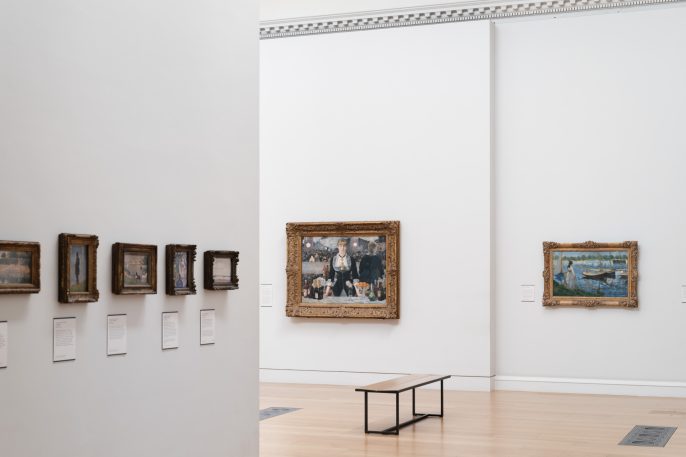For many sixteenth-century practitioners of the technical arts, mathematics was both an intellectual foundation and a badge of cultural status. An English navigational book of 1581 portrayed arithmetic and geometry as ‘the grounds of all Science and certain arts’, and praised those mechanical practitioners who ‘by the studious practice and exercise in these arts have attained to rare and singular knowledge: In Architecture, Vitruvius the Roman: In painting that famous German Albertus Durerus: And in building of Ships, Mathew Baker our countryman’.
Mathew Baker may lack the renown of Vitruvius or Dürer, and naval architecture is rarely considered alongside other branches of design and visual culture. But thanks to Samuel Pepys’ preservation of a volume which he christened ‘Fragments of Ancient English Shipwrightry’, the graphic work of the Elizabethan royal master shipwright Mathew Baker (1530-1613) can be studied in detail. This paper examines the design work of Baker and the ways in which Dürer served as a pattern for the self-fashioning of a leading technical expert.
Stephen Johnston has been Assistant Keeper at the Museum of the History of Science, University of Oxford since 1995. His research is centred on the practical mathematical arts, particularly in the Renaissance, and his books include The Geometry of War, 1500-1750 (with Jim Bennett, 1996) and Compass and Rule: Architecture as Mathematical Practice in England, 1500-1750 (with Anthony Gerbino, 2009). He has curated exhibitions on a broad range of themes within the history of science, from ‘Al-Mizan: Sciences and Arts in the Islamic World’ (2010) to ‘Geek is Good’ (2014).





